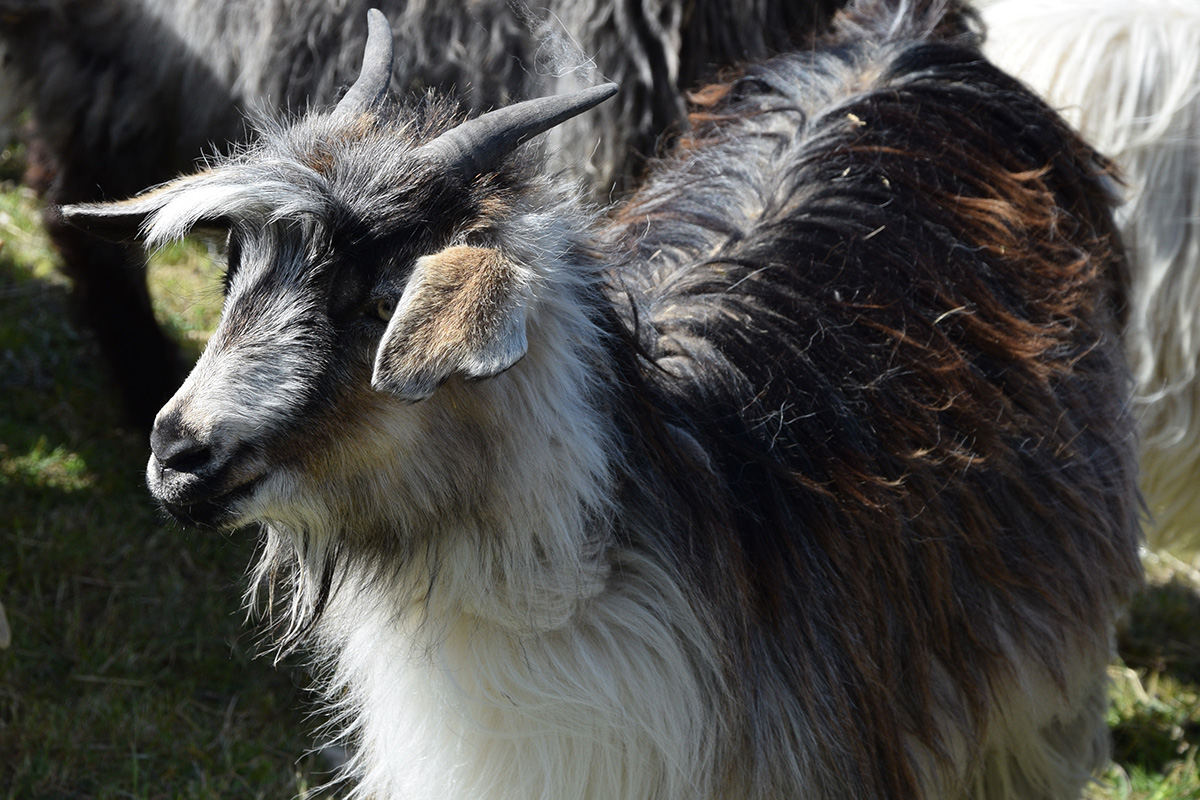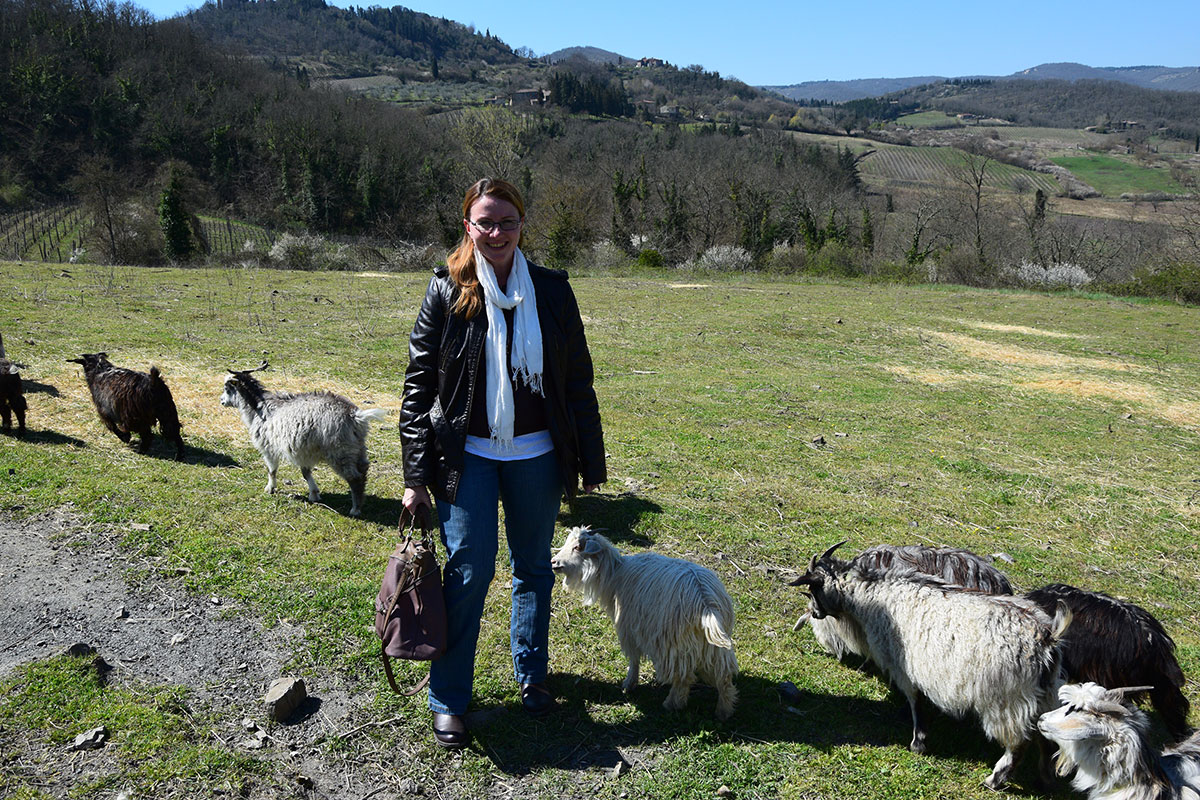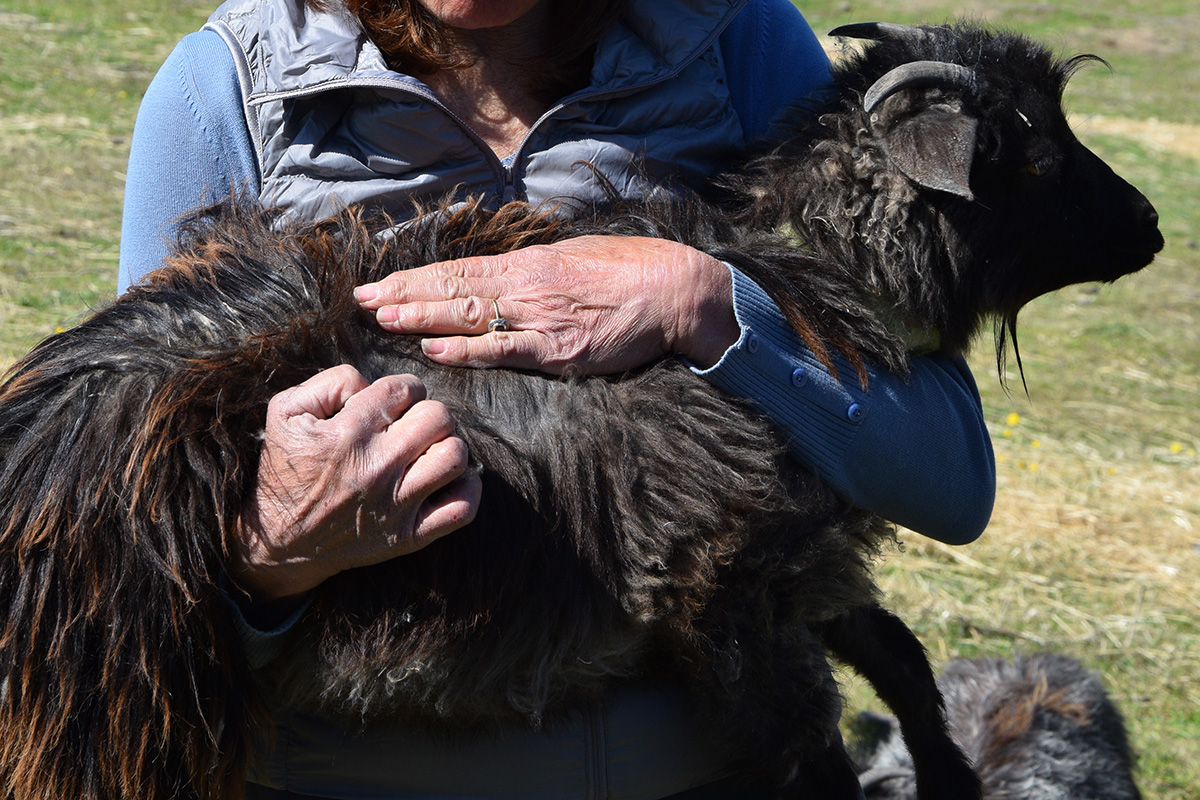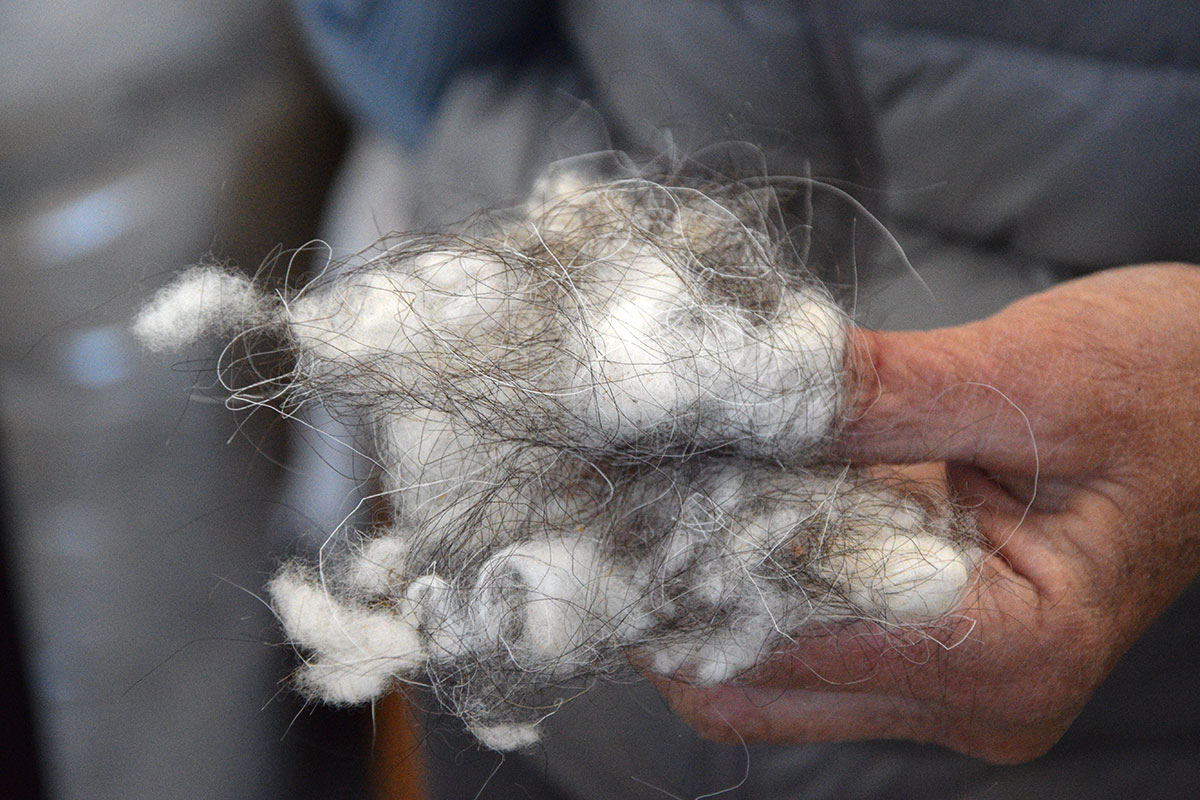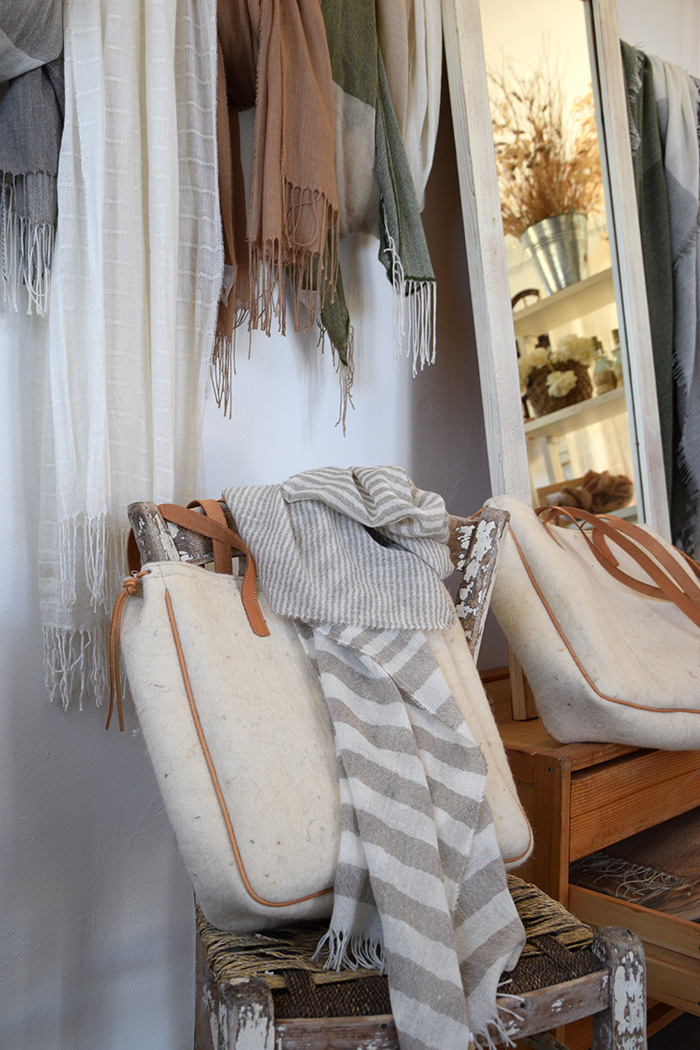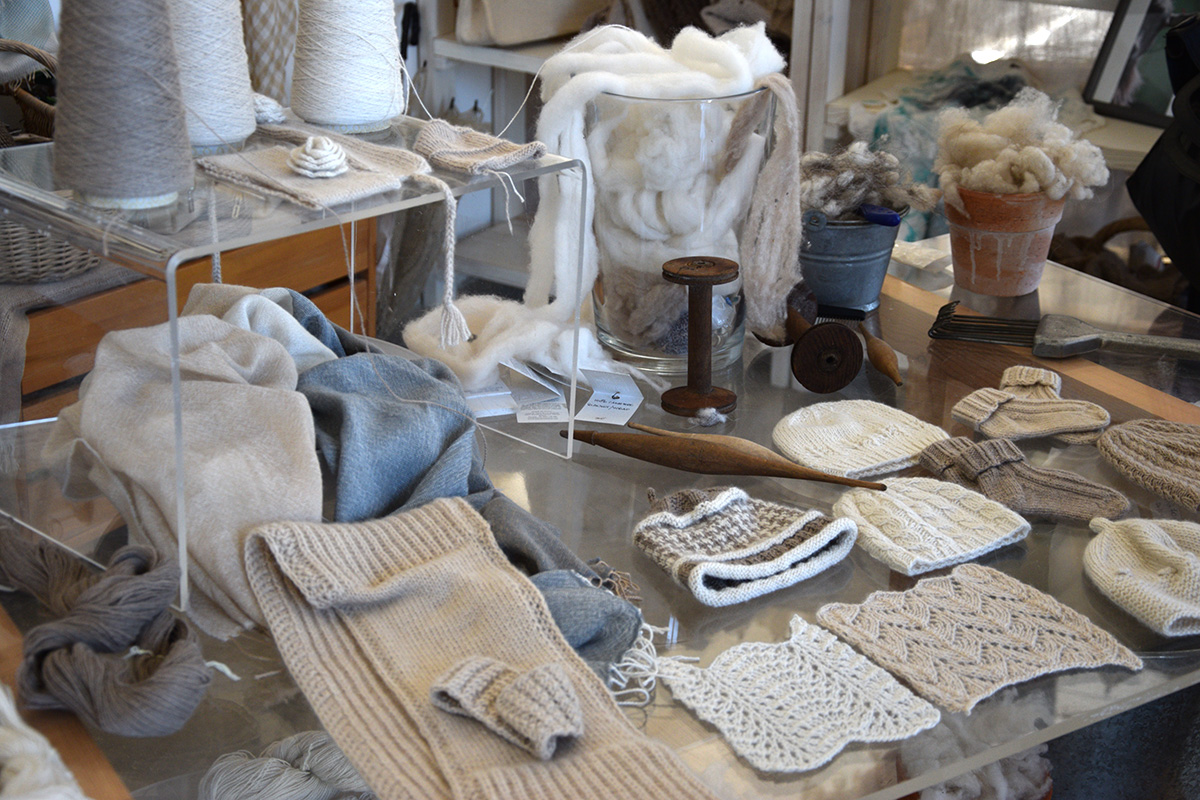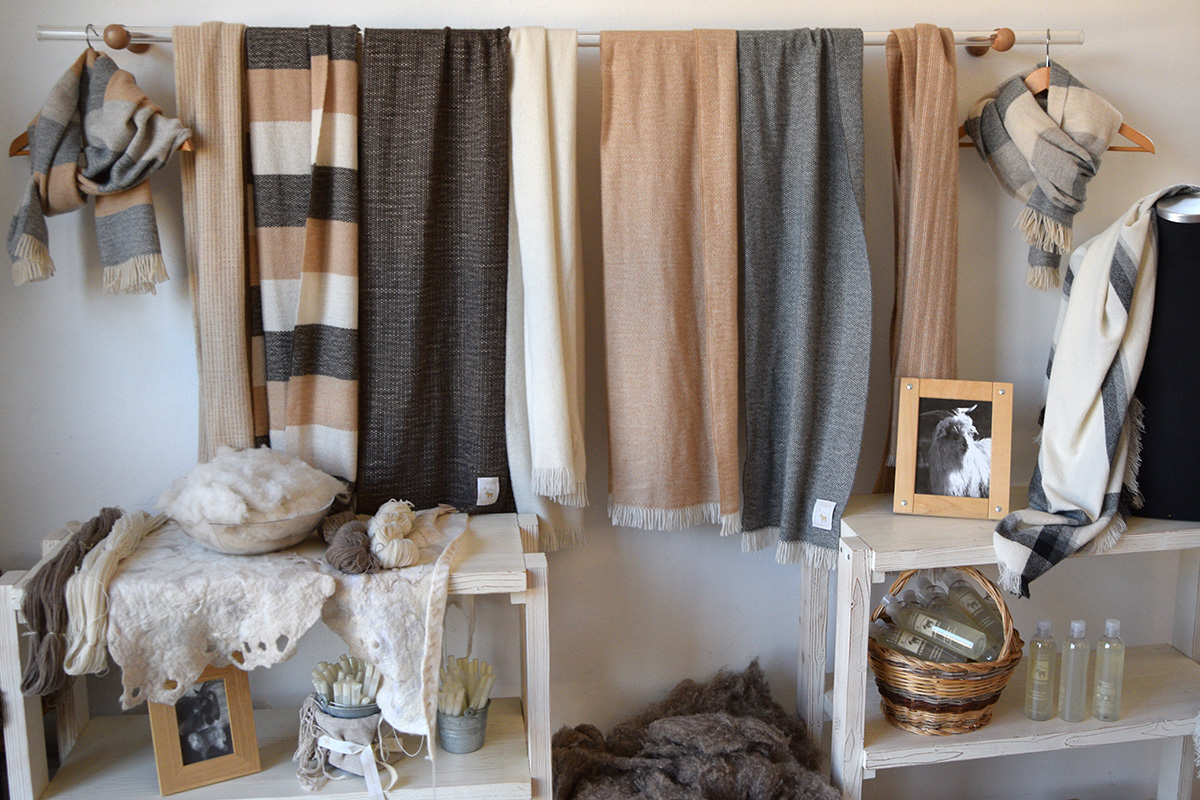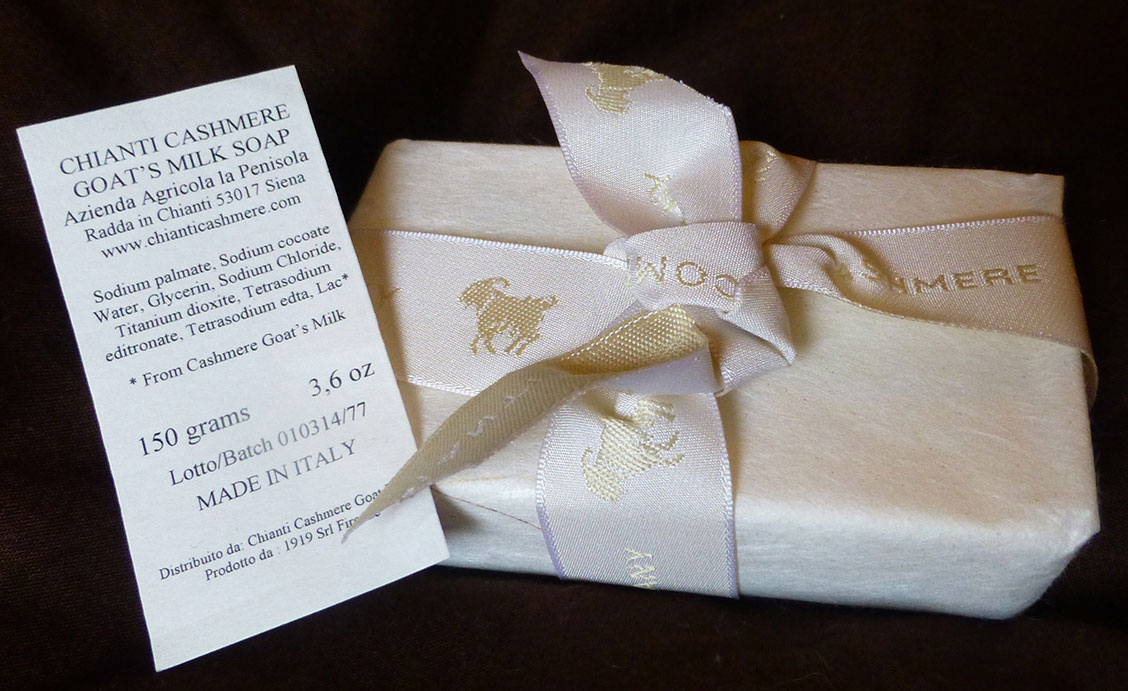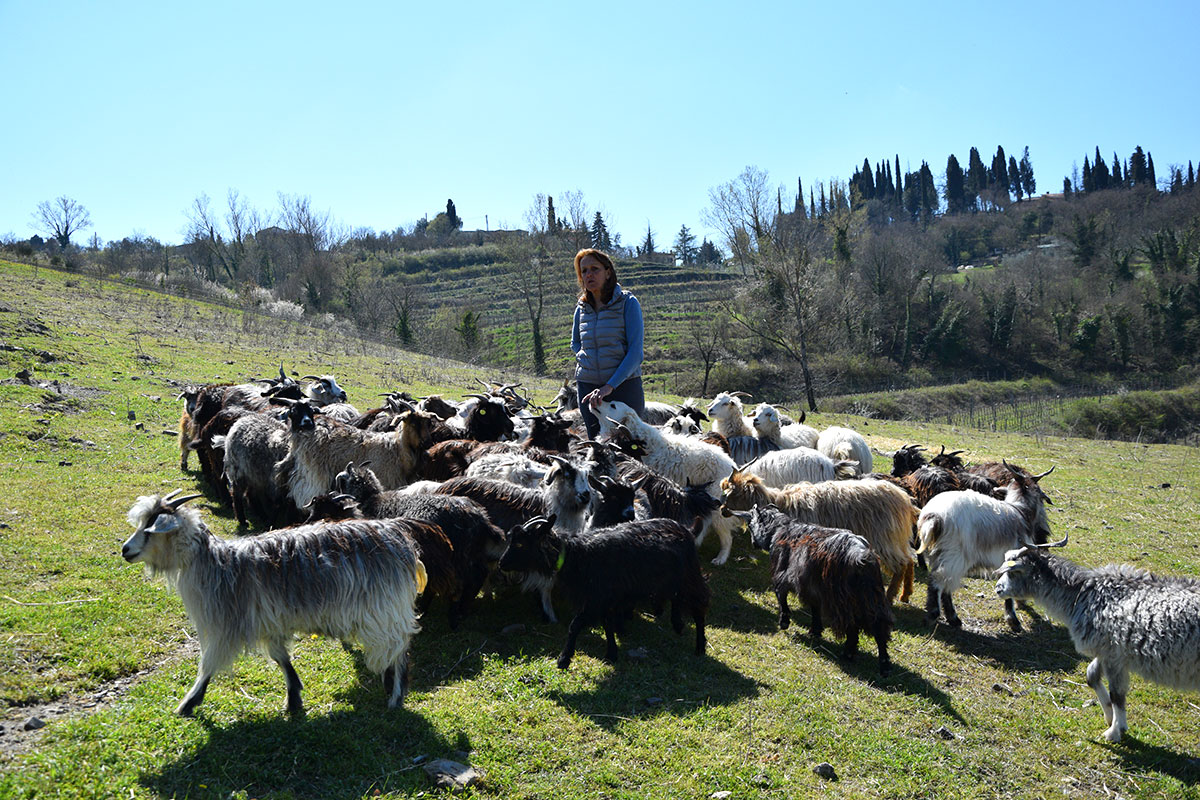
Chianti Cashmere
The Chianti region is known for the delicious wine that it produces; yet you can also encounter other things in the rolling Tuscan hills. … Cashmere goats for instance.
When Nora Kravis left Long Island (NY) in 1972 to study Veterinary Medicine in Pisa she could never have dreamed that one day she would start the first cashmere goat farm in Europe. Near Radda in Chianti she discovered a dilapidated house and decided to make it her home.
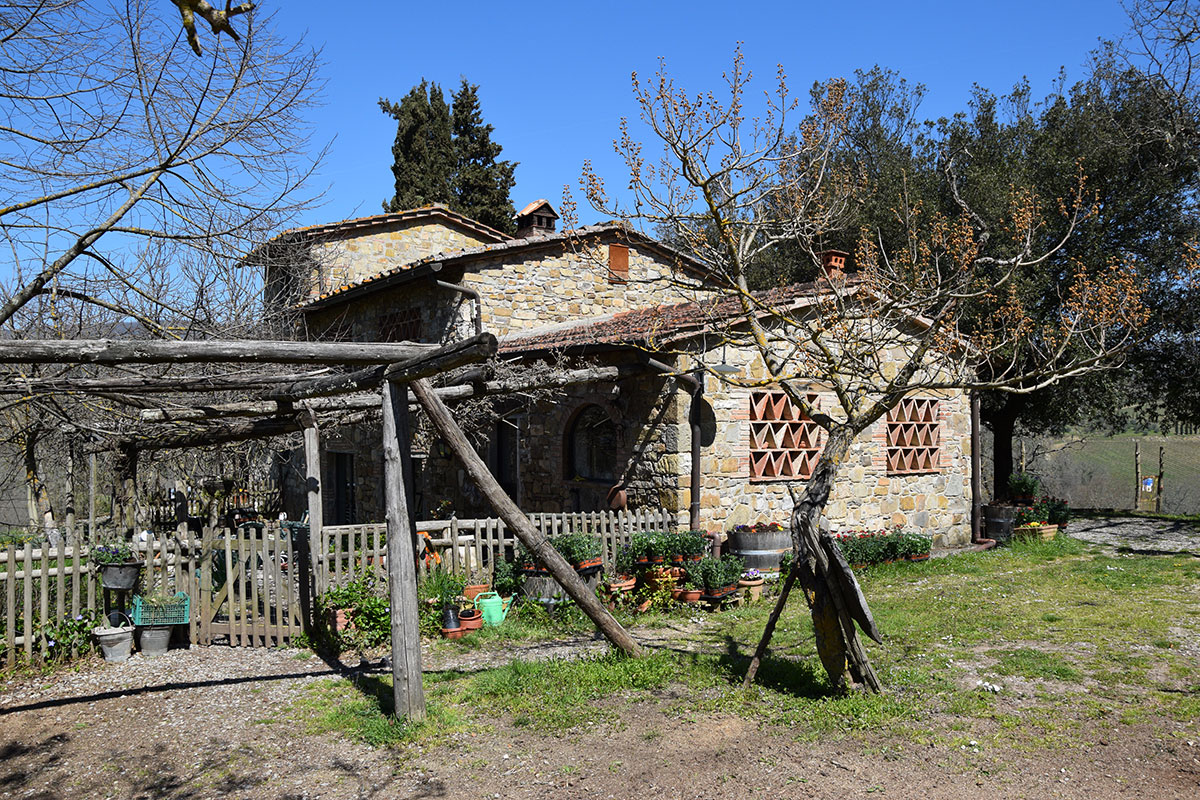
Brick by brick she built up her house, and it wasn’t before long that the first animals started to arrive, including 2 goats named Bella and Bestia (Beauty and Beast) that would help her get rid of all the weeds that grew abundantly on the property.
Goats are particular animals either you love or you hate them, they are not like sheep who follow and do what you want them to do, goats are pretty corky.
She fell in love with those stubborn goats. “Goats are particular animals either you love or you hate them, they are not like sheep who follow and do what you want them to do, goats are pretty corky,” Nora explains. Because with dairy goats the male offspring is shipped off directly to the butcher she looked for another way to keep goats. Cashmere goats seemed the ideal solution.
Against all odds and good advice Nora bought her first Cashmere goats in 1995 thus laying the foundation for Chianti Cashmere. The longhaired goat is native to Central Asia and supposingly the climate in Italy wouldn’t be cold enough for a good cashmere production. Nora still persevered however and through an extensive breeding program, she improved the quality of the goats and now the cashmere from Nora’s herd even exceeds the Mongolian cashmere in quality. Fibers of each goat are tested extensively in a laboratory in Iran to preserve the high standard.
I produce environmentally sustainable cashmere by claiming abandoned and weed covered marginal farmland to prevent overgrazing.
The herd of Chianti Cashmere now consists of more than 230 goats making it the largest in Europe , nevertheless Nora still believes in quality over quantity. “More is not better, better is better”, she explains while we walk among her goats in the meadow “By increasing the numbers beyond what the soil can sustain in Asia they have caused major and permanent environmental damage turning grassland into desert. I produce environmentally sustainable cashmere by claiming abandoned and weed covered marginal farmland to prevent overgrazing.”
Nora’s goats are divided into groups of 30 to 40 and spread out over 5 different grasslands. Each group is protected by an electric fence and three Maremmano sheep dogs to keep the pack of wolves that lives less than 5 kilometers from the farm at bay. The dogs are impressively large in size but are quite sweet despite their tough appearance and doggy Lollipop repeatedly pushed her wet nose against my hand to be petted.
Cashmere goats are combed not sheared; the woolly hair is processed and spun and then woven, knitted or crocheted into warm and fuzzy scarves or other accessories. In the farm’s shop you can find a fine collection of beautiful cashmere products, recently a line of body care products was launched such as soap and body lotion made from goat’s milk.
In springtime you are welcome to stop by and help with the combing of the goats in exchange for a free lunch. It is also possible to stay in the 300-year-old converted farmhouse.
For more information visit the Chianti Cashmere website.
Chianti Cashmere
Villa Case Sparse, La Penisola
Radda In Chianti 53017 (SI)
Coordinates: 43.495305 – 11.38552

